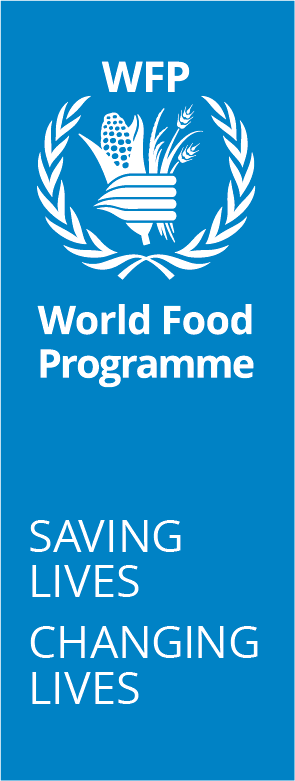

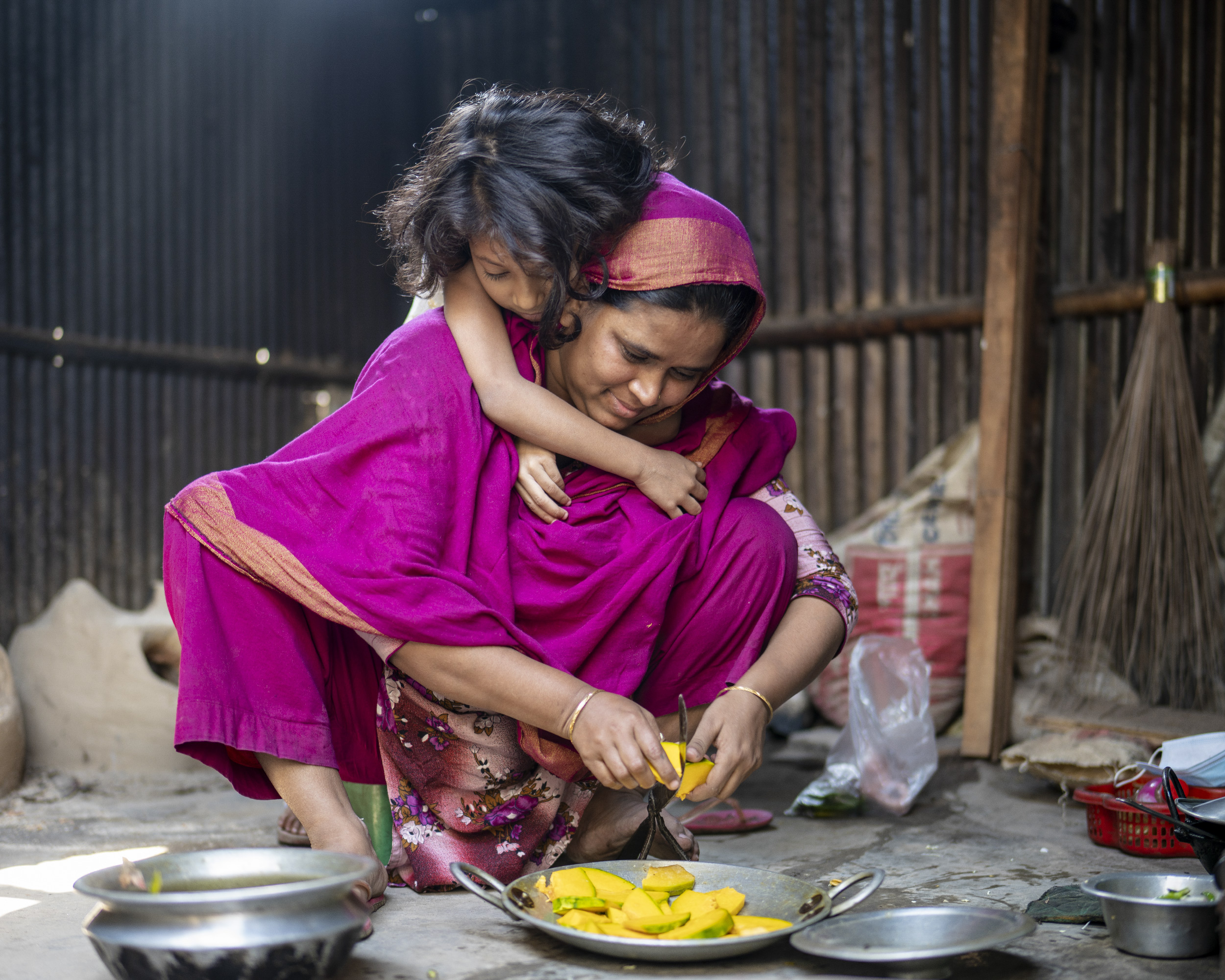
In a world of crisis, evidence is needed more than ever to build a peaceful and
sustainable future.
Evaluations deliver evidence to help tell us what works, what doesn’t and why,
contributing to greater accountability, improved learning and enlightened decision making.
This report – the
first produced under the WFP Evaluation Policy 2022 – highlights
the accomplishments, performance and evidence generated by WFP’s evaluation function in 2022. It should be read
together with Lessons from Evaluations featured in WFP’s Annual
Performance Report for 2022.
54
evaluations
completed
61
countries
covered
206
recommendations
due to be
implemented
Centralized evaluations are commissioned and managed by OEV and presented to the Executive Board for consideration. They focus on corporate strategies and policies, global programmes, strategic issues and themes, corporate emergencies and CSPs
Decentralized evaluations are commissioned and managed by country offices, regional bureaux and headquarters-base ddivisions other than OEV. They can cover activities, pilots, themes, transfer modalities or any other area of action at the subnational, national or multi-country level. They are not presented to the Board
Impact evaluations are managed by OEV at the request of country offices. They measure changes in development outcomes of interest for a target population that can be attributed to a specific programme or policy through a credible counterfactual. They are not presented to the Executive Board
In 2022, evaluations on WFP and partner activities took place across the globe. WFP
evaluations are conducted by independent professionals in accordance with United Nations Evaluation Group (UNEG)
norms and standards. There are three categories of evaluation at WFP: centralized, decentralized and impact.
This map shows where evaluations happened in 2022 and what subject they focused on.
Centralized evaluations are commissioned and managed by the Office of Evaluation. They are presented to the Executive Board and designed to be relevant to the dynamic programming of WFP.
27
completed
31
ongoing
14
new evaluations
in 2023
Centralized evaluations are commissioned and managed by OEV and presented to the Executive Board for consideration. They focus on corporate strategies and policies, global programmes, strategic issues and themes, corporate emergencies and CSPs
Decentralized evaluations are commissioned and managed by country offices, regional bureaux and headquarters-base ddivisions other than OEV. They can cover activities, pilots, themes, transfer modalities or any other area of action at the subnational, national or multi-country level. They are not presented to the Board
Impact evaluations are managed by OEV at the request of country offices. They measure changes in development outcomes of interest for a target population that can be attributed to a specific programme or policy through a credible counterfactual. They are not presented to the Executive Board
Decentralized evaluations are commissioned and managed by country offices, regional bureaux and headquarters-based divisions other than the Office of Evaluation. They can cover activities, pilots, themes, transfer modalities or any other area of action at the subnational, national or multi-country level. They are not presented to the Executive Board.
27
completed
2
commissioned by
HQ divisions
47
country offices
with evaluations completed
or ongoing
Centralized evaluations are commissioned and managed by OEV and presented to the Executive Board for consideration. They focus on corporate strategies and policies, global programmes, strategic issues and themes, corporate emergencies and CSPs
Decentralized evaluations are commissioned and managed by country offices, regional bureaux and headquarters-base ddivisions other than OEV. They can cover activities, pilots, themes, transfer modalities or any other area of action at the subnational, national or multi-country level. They are not presented to the Board
Impact evaluations are managed by OEV at the request of country offices. They measure changes in development outcomes of interest for a target population that can be attributed to a specific programme or policy through a credible counterfactual. They are not presented to the Executive Board
School feeding programmes are the most commissioned theme of decentralized evaluations followed by capacity strengthening, asset creation and livelihood support, and smallholder agricultural market support.
2021
2022
Impact evaluations are managed by the Office of Evaluation at the request of country offices. They measure changes in development outcomes of interest for a target population that can be attributed to a specific programme or policy through a credible counterfactual. They are not presented to the Executive Board.
Windows - portfolios in specific priority evidence areas - are the main delivery
mechanism for impact evaluations. In 2022, three thematic “windows” were open - cash-based transfers and gender; climate and resilience;
and school-based programmes. A fourth, nutrition, is
under discussion.
A cross-cutting workstream on Optimizing Humanitarian Interventions supports those impact
evaluations occurring in conflict - or crisis - affected settings
3
windows
open
1
cross-cutting
workstream
15
countries active
Centralized evaluations are commissioned and managed by OEV and presented to the Executive Board for consideration. They focus on corporate strategies and policies, global programmes, strategic issues and themes, corporate emergencies and CSPs
Decentralized evaluations are commissioned and managed by country offices, regional bureaux and headquarters-base ddivisions other than OEV. They can cover activities, pilots, themes, transfer modalities or any other area of action at the subnational, national or multi-country level. They are not presented to the Board
Impact evaluations are managed by OEV at the request of country offices. They measure changes in development outcomes of interest for a target population that can be attributed to a specific programme or policy through a credible counterfactual. They are not presented to the Executive Board
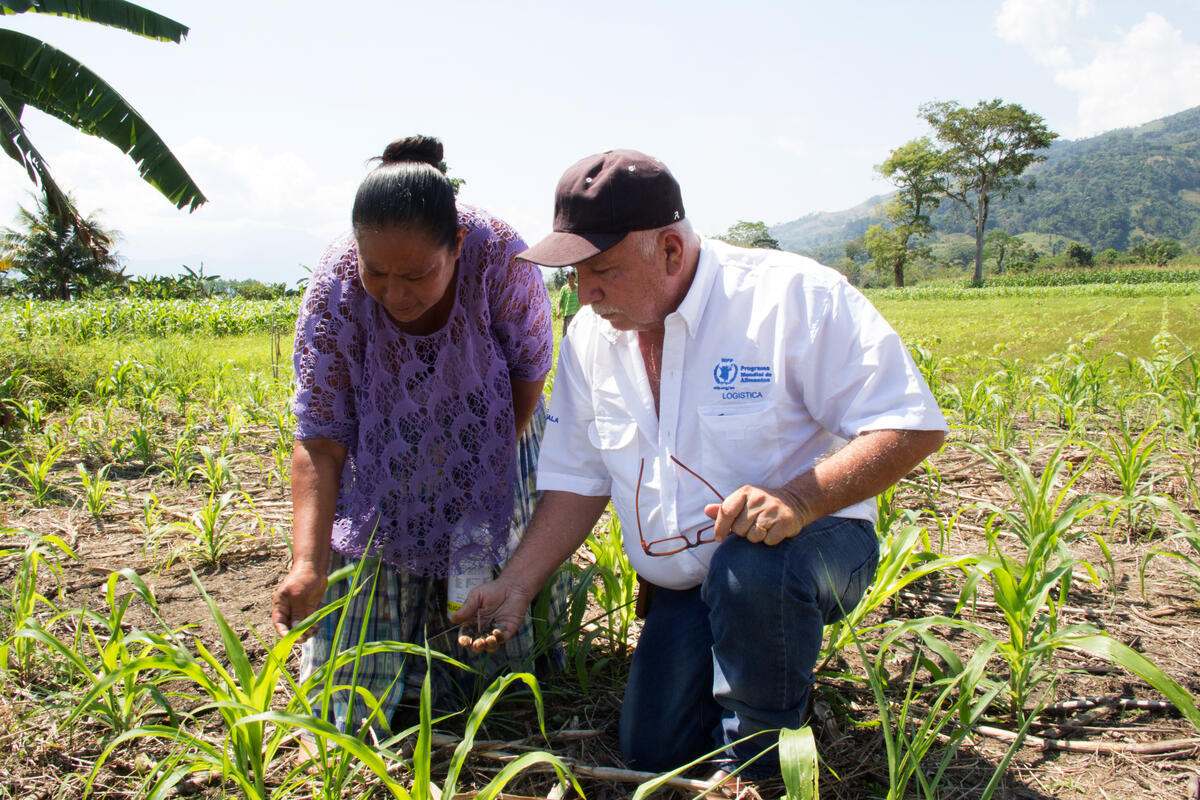
1. New policy-strategy-charter framework
Following approval of the updated WFP Evaluation Policy 2022 in March, the function developed a corporate evaluation strategy and a new evaluation charter setting its mandate, governance, authorities and institutional arrangements. Regional bureaux began to update regional evaluation strategies.
2. Impact evaluation strategy, a key WFP initiative
Demand for impact evaluations is high, according to a review of the WFP Impact Evaluation Strategy 2019-2026. In response, the Office of Evaluation impact evaluation unit – the first of its kind within the UN system – will focus actions on partnership engagement, internal capacity strengthening, broadening methods and communications.
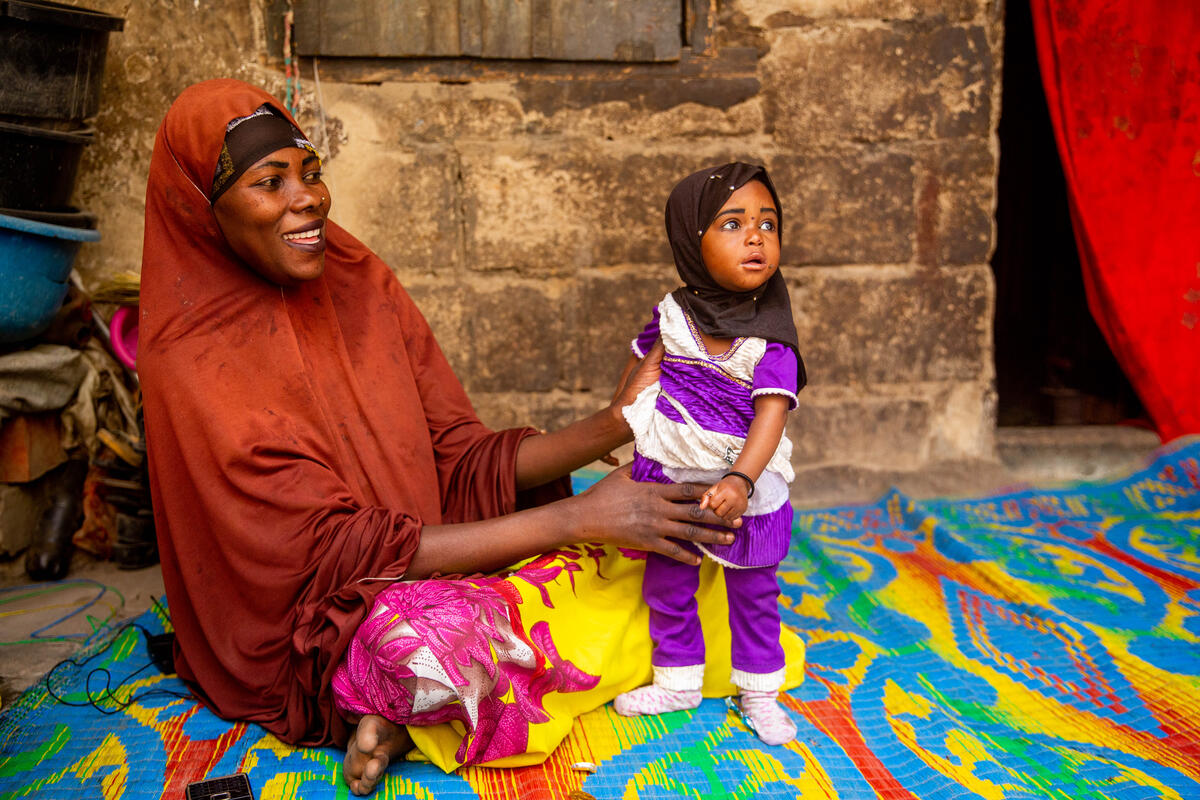
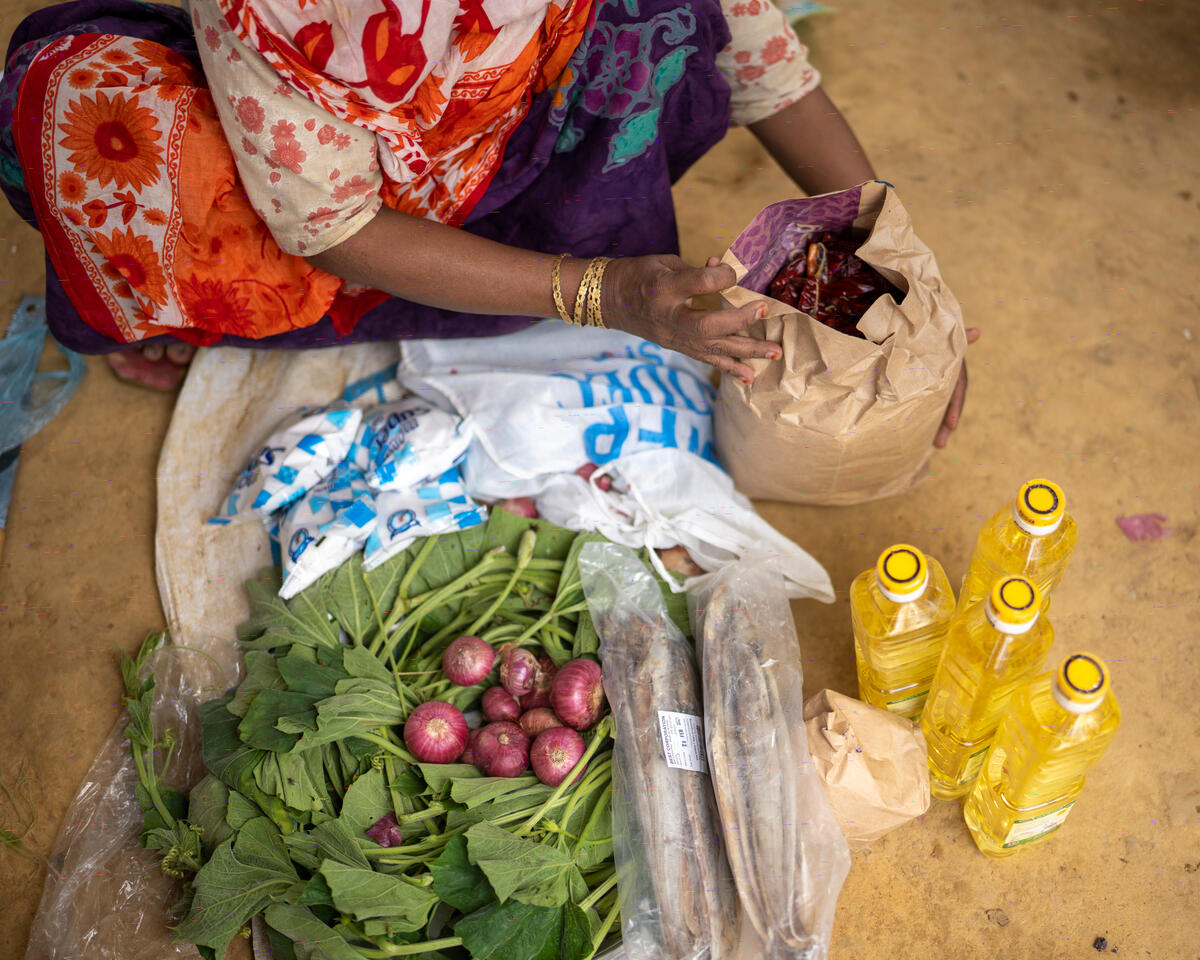
3. Launch of evaluation methods advisory panel
Fostering innovation in approaches and methods, the Evaluation Methods Advisory Panel is designed to strengthen the credibility and utility of WFP evaluations. It complements existing quality assurance, support and assessment systems.
4. Learning from WFP’s NECD work
Lessons from implementing national evaluation capacity development (NECD) initiatives in different contexts were documented by the evaluation function. The exercise analysed 22 initiatives spanning global, regional and country levels, presenting five lessons briefs and a digital report.
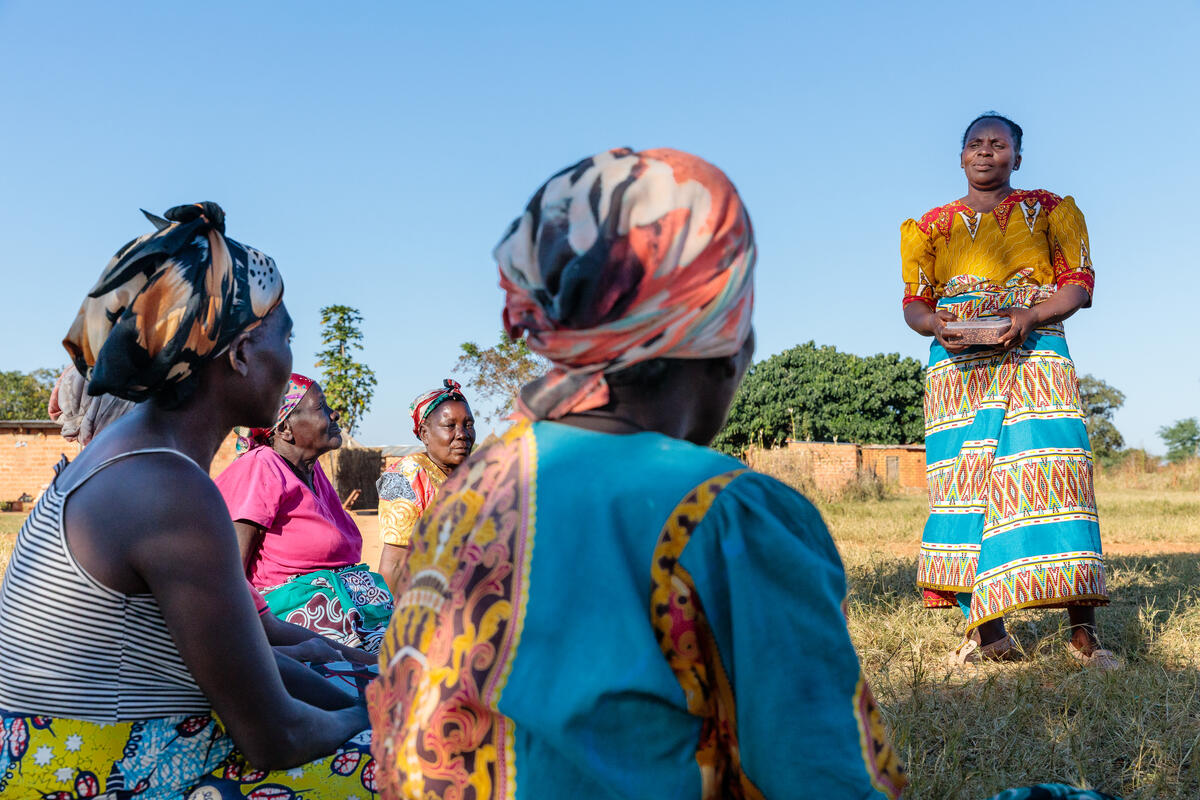

5. Enhancing function’s monitoring and reporting
The Office of Evaluation engaged with the Independent Oversight Advisory Committee (IOAC) to enhance monitoring and reporting on the efficiency and effectiveness of the evaluation function. The work, ongoing in 2023, included a review of comparators to identify norms and best practices.
Recognising exceptional achievement in integrating gender dimension in evaluations, the first excellence award – for gender responsive evaluations – went to the Malawi country office and the Gender Equality Office.


7. Embracing the new normal way of working
The Office of Evaluation returned to in-person or hybrid modalities following a period of overall reduction in face-to-face interaction with stakeholders due to the COVID-19 crisis.
WFP assesses the performance of the evaluation function through indicators covering the
five outcome areas of the evaluation policy.
In 2022, 38 percent of 47 evaluations were rated “highly satisfactory”,
53 percent “satisfactory” and 9 percent “partly satisfactory”.
Centralized evaluations continued to be of high quality, with 86 percent rated satisfactory or above, down
slightly from 100 percent in 2021. The quality of decentralized evaluations rose, with 96 percent rated
satisfactory or above, as compared with 83 percent in 2021.
Highly satisfactory
Satisfactory
Partly satisfactory
Unsatisfactory
Active policies
evaluated
Evaluated with policy evaluation
Evaluated with strategic evaluation
Evaluated with strategic and
policy evaluation ongoing
Ongoing with policy evaluation
Not evaluated
Active policies evaluated within four to six years of the start of implementation
Evaluated with policy evaluation (on time)
Evaluated with policy evaluation (on time) (overdue)
Ongoing with policy evaluation
Not evaluated
First generation country strategic plans, evaluated or with an ongoing or planned evaluation
Evaluated
Ongoing
Planned
Cancelled/Waived
Level 3 and protracted Level 2 emergency responses from 2019 to 2021, evaluated or with an ongoing evaluation
Evaluated
Ongoing
Not evaluated
Country offices with at least one decentralized evaluation completed in the I/CSP cycle ending in 2022
At least one decentralized evaluation
No decentralized evaluation
In 2022, the majority of WFP draft policies and draft country strategic plans included an explicit reference to evaluation evidence (92 percent), when the evidence was available.
Evaluation reference included
Evaluation reference not included
In 2022, 66 percent of recommendations were implemented on
time; centralized evaluations (44 percent) compared with decentralized evaluations (76 percent).
By the end of
2022, implementation of the 190 recommendations due in 2021 had increased to 75 percent from 58 percent
at the end of 2021.
Implemented
Not implemented
A key focus in the year was the development of evaluation cadre capacities and enhanced monitoring of the performance of long-term agreements with emphasis on gender and geographical balance.
Men
Women
Developing country
Developed country
Strengthening national evaluation capacity
WFP
continued to work on a wide range of initiatives on evaluation capacity development, at global, regional and
country level including EvalAgenda
2030, Joint
and country-led evaluations, WFP NECD action plan, NEC conference, Emerging evaluations workshop,
gLOCAL.
System-wide evaluation at global level and UN Sustainable Development Cooperation Framework (UNSDCF) evaluations at country level
WFP
Evaluation provided inputs for two global system-wide evaluation exercises in 2022 and continued to engage in
supporting UNSDCF evaluations at country level.
Inter-agency humanitarian evaluation
Decentralized joint evaluation
Centralized joint evaluation
In 2022,
the overall financial resources available for the evaluation function were USD 34.39 million,
which represents 0.24 percent of WFP’s total contribution income (USD 14.2 billion).
The year 2022 was the
third year in which programme funds (totalling USD 4.5 million) from country portfolio budgets were made available
to the Office of Evaluation for the conduct of country strategic plan evaluations. USD 1.12 million
was also received through the multi-donor trust fund for impact evaluations to add to a balance on the fund from
previous contributions at the start of the year of USD 2.12 million.
A total of USD 9.34 million was budgeted for the decentralized evaluation function in
2022.
Contingency evaluation fund (CEF)
The contingency evaluation fund provided essential support to five
countries for the conduct of decentralized evaluations, three countries for country strategic plan evaluations and
one country for both types of evaluation.
The number of fixed term positions in the Office of Evaluation increased from 48 to 54 in 2022.
The share of employees from developing
countries was 18 percent at headquarters and 54 percent in the regional bureaux. Women made up 73 percent of
the evaluation workforce at headquarters and 83 percent in the regional
bureaux.
Men
Women
Developing country
Developed country
The number of fixed term positions in OEV increased from 48 to 54 in 2022;
The
share of employees from developing countries was 18 percent at headquarters and 54 percent in the regional bureaux.
Women made up 73 percent of the evaluation workforce at headquarters and 83 percent in the regional bureaux.